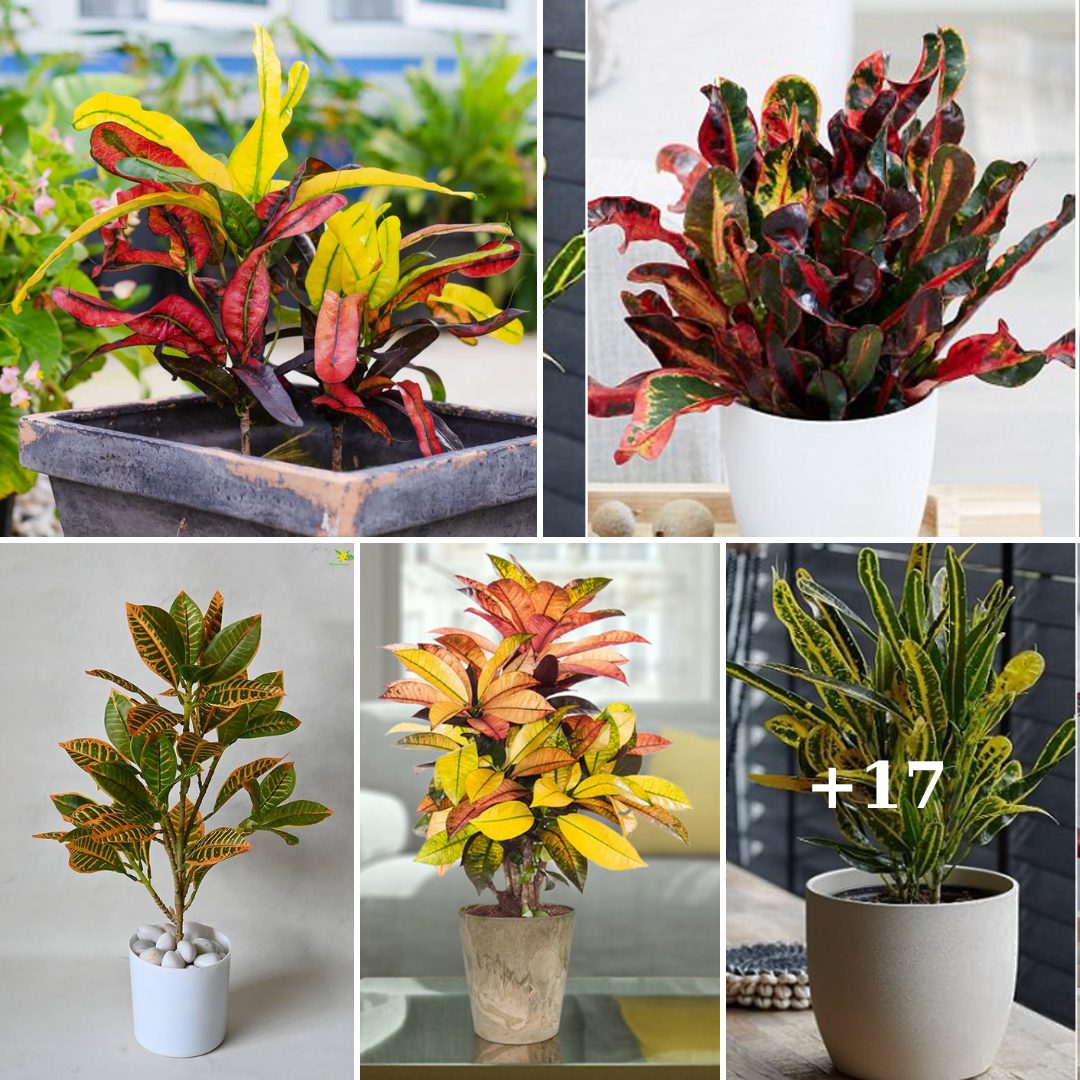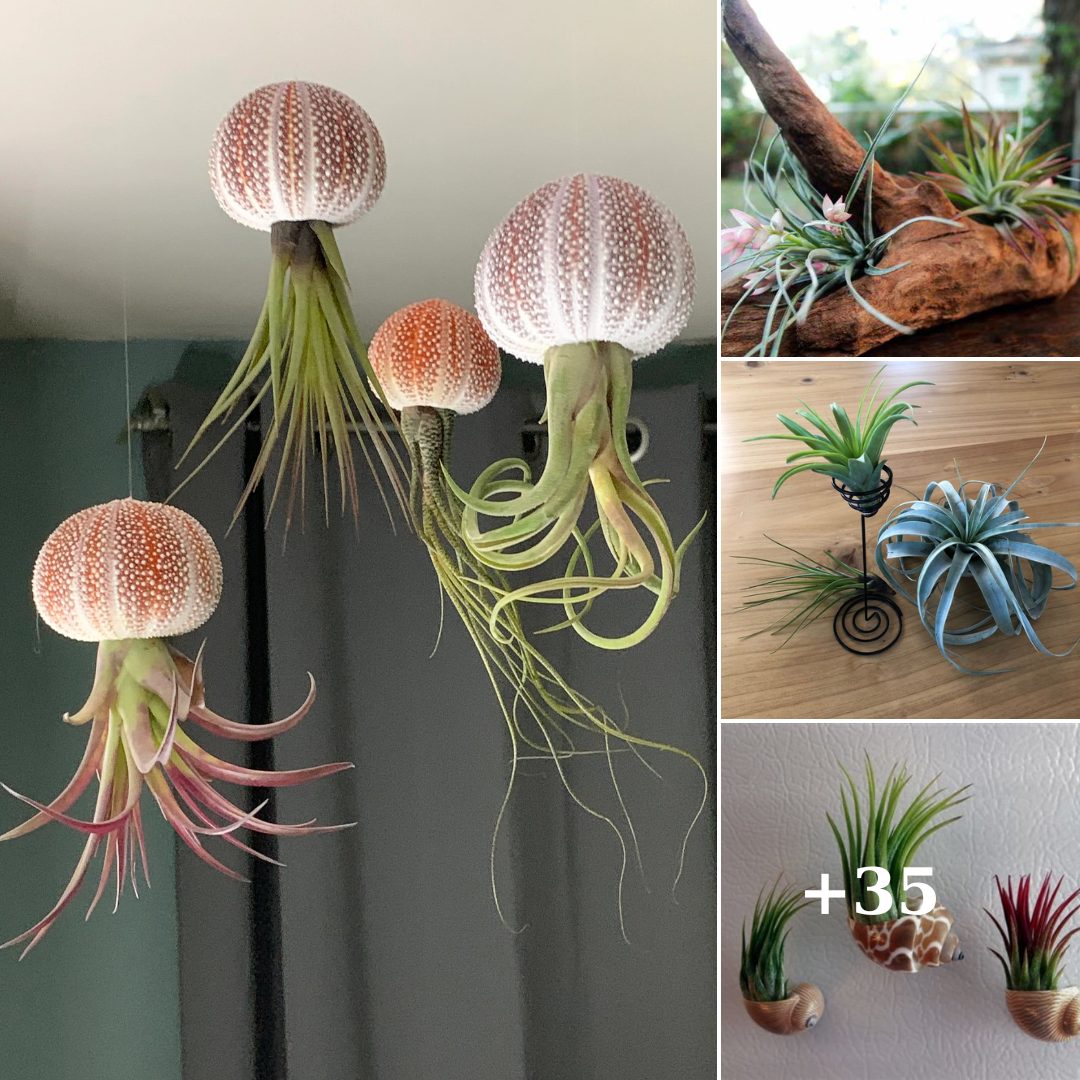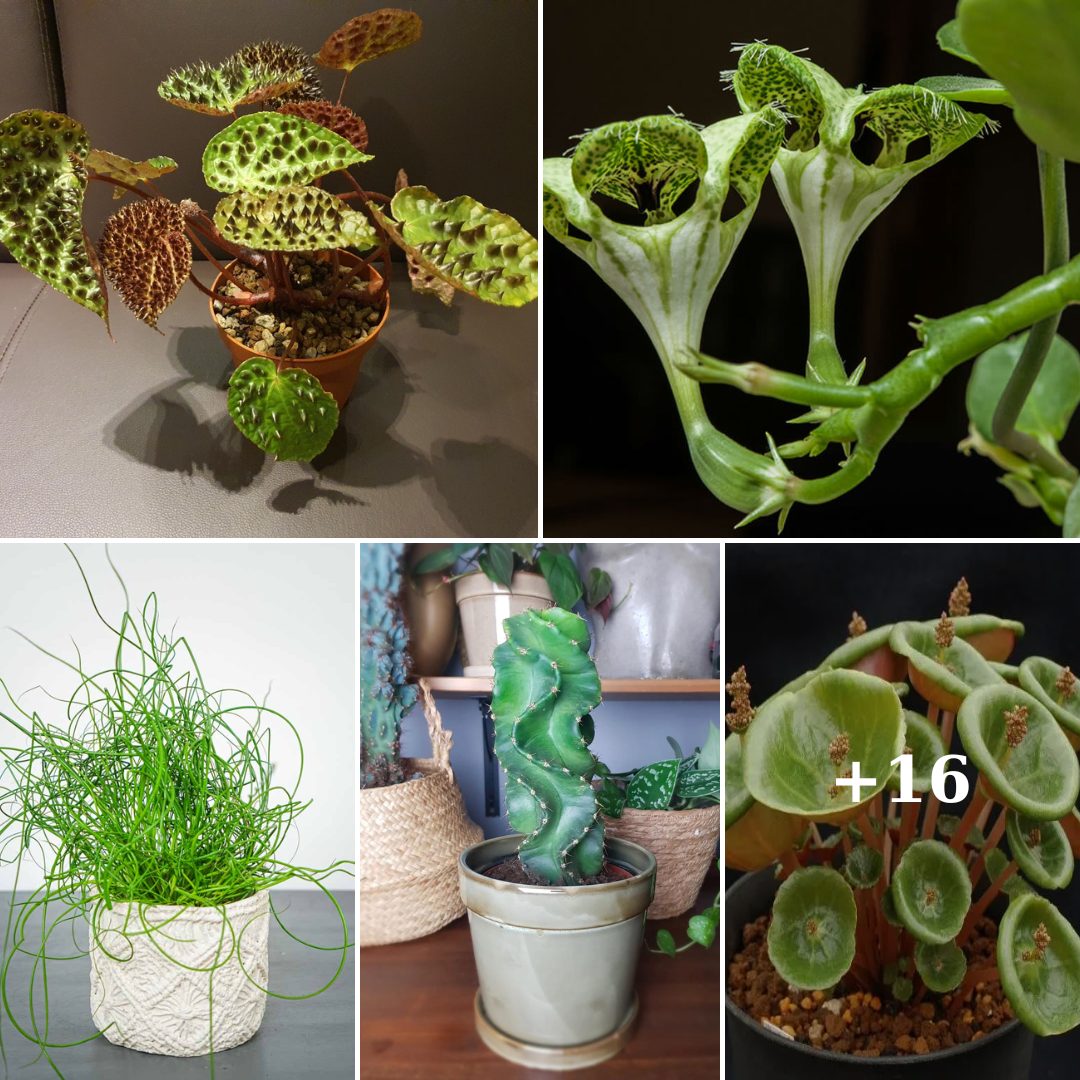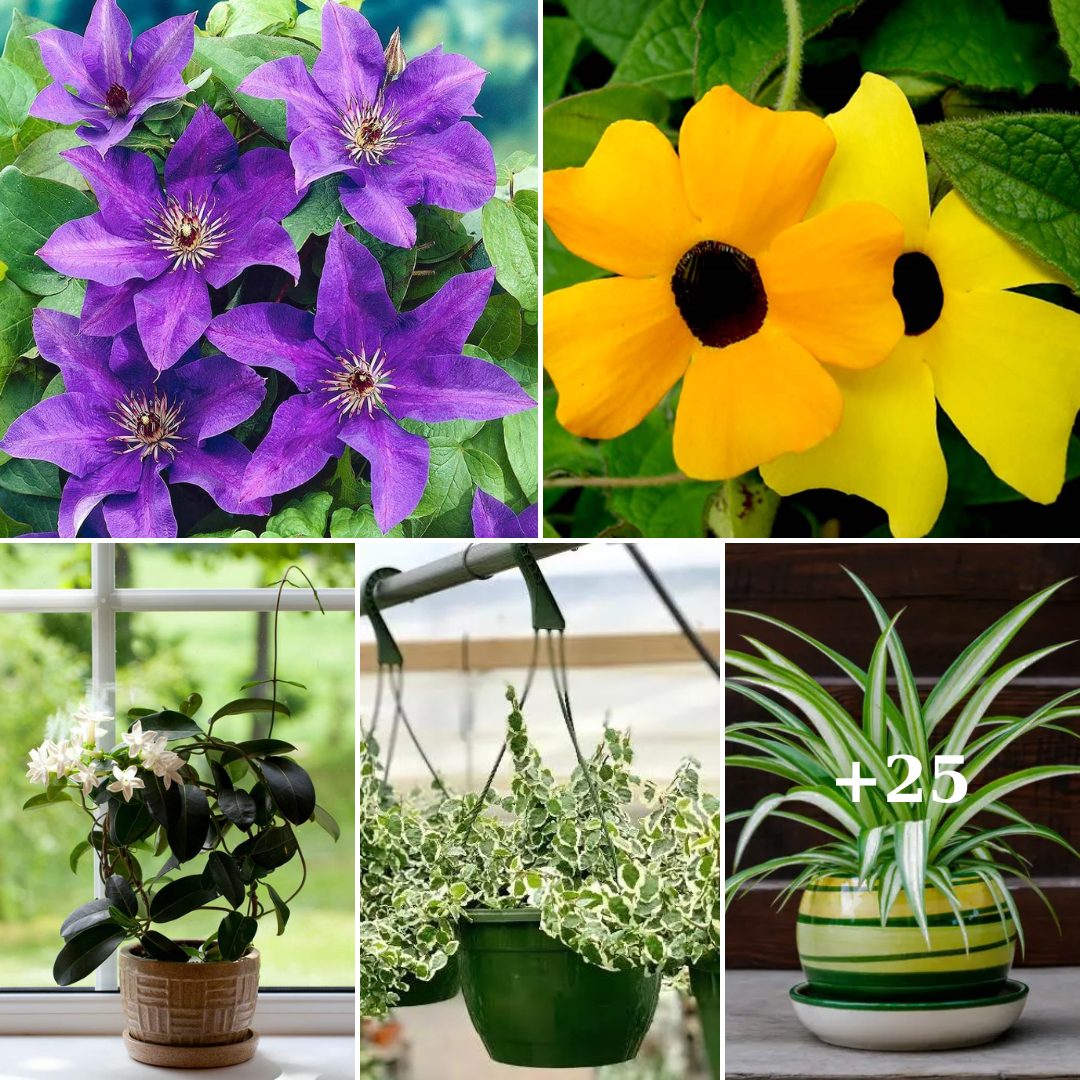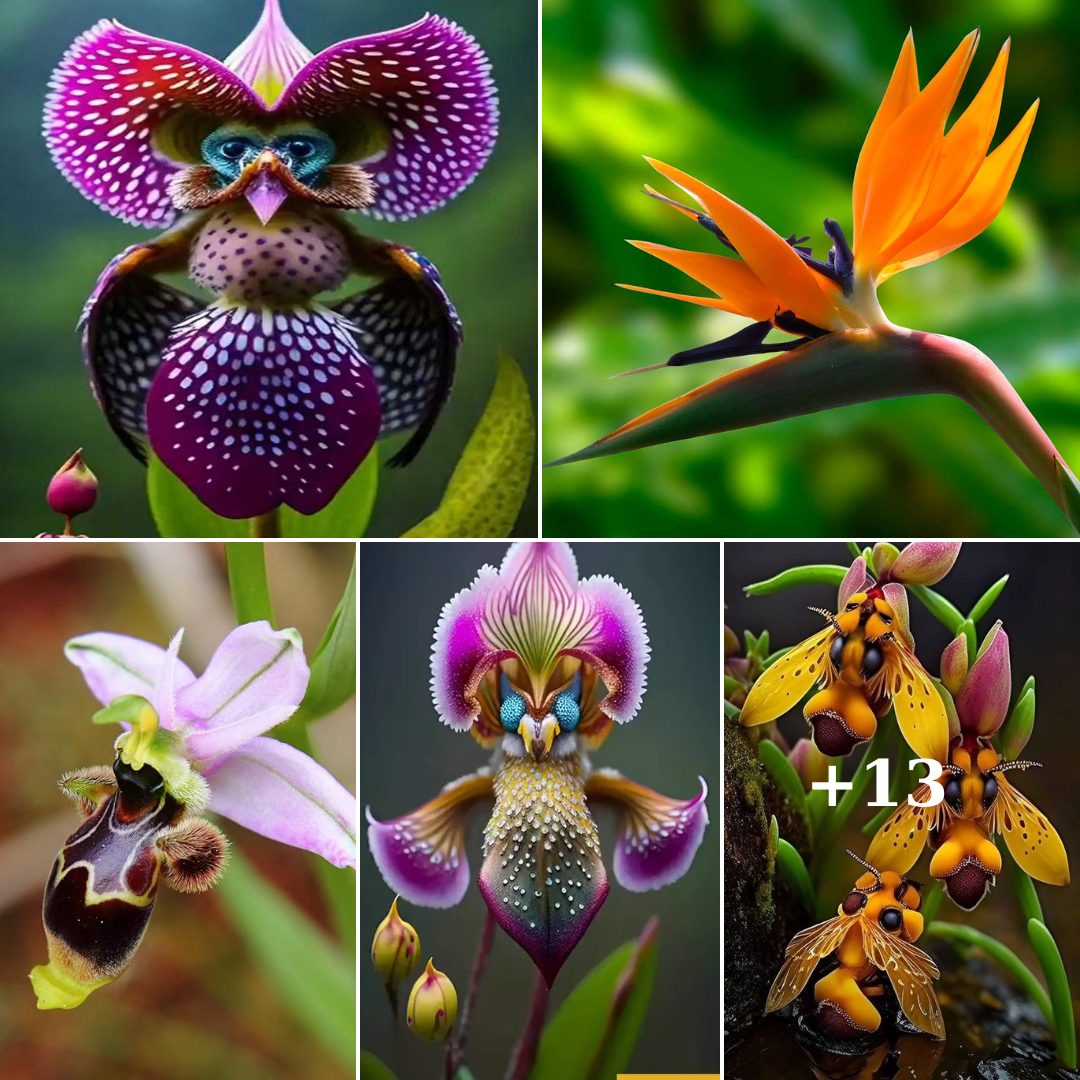The peace lily, also known as Spathiphyllum, is a plant popular for its beauty and its ability to purify the air. Although it is commonly grown in pots with soil, it can also be grown in water, making it an interesting option for those who prefer a more alternative gardening approach.
Growing the peace lily in water is a relatively simple process. Here are some steps to follow to be successful in this growing method:
- Plant Selection: Choose a healthy peace lily plant with well-developed roots. It is important that the plant has at least two or three leaves to ensure its survival during the transplant process to water.

- Container Preparation: Find a container that is clear and large enough to accommodate the plant’s roots. A vase or glass jar works well for this purpose. Make sure the container is clean and rinsed before using.
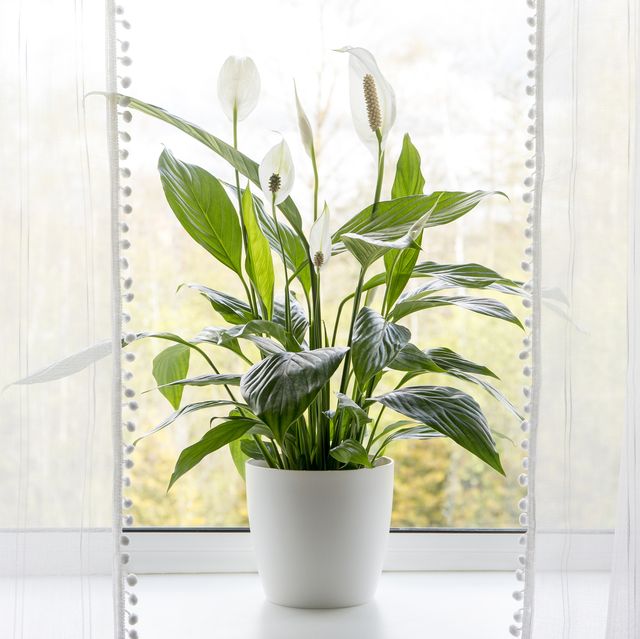
- Filling the container with water: Fill the container with filtered water or rainwater at room temperature. Avoid using chlorinated water as it can be harmful to the plant. Make sure the water level does not cover the lower leaves of the plant.
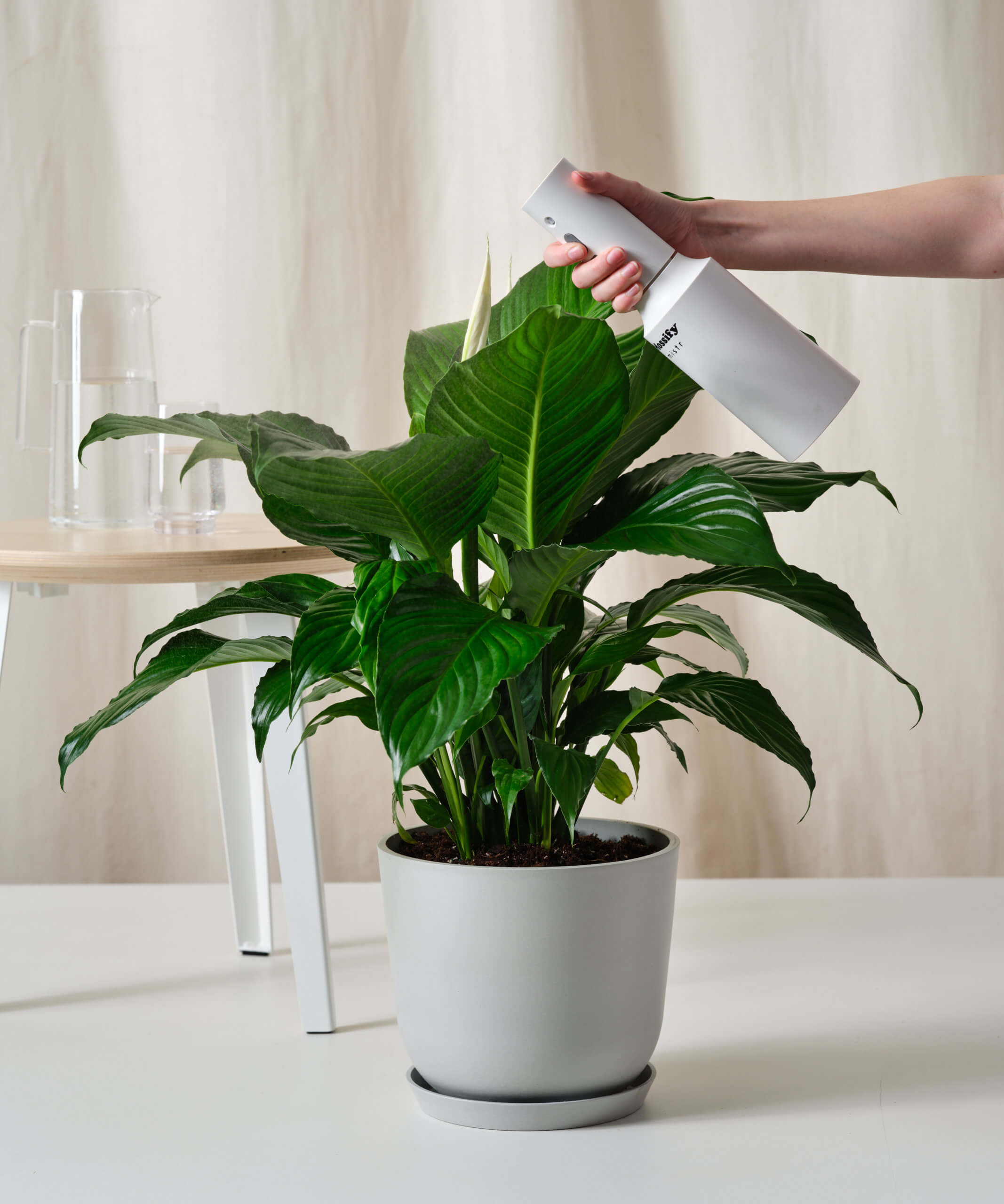
- Transplanting the plant: Carefully remove the plant from the original pot and gently rinse the roots to remove any excess soil. Place the plant in the container of water, making sure the roots are submerged but the leaves are out of the water.
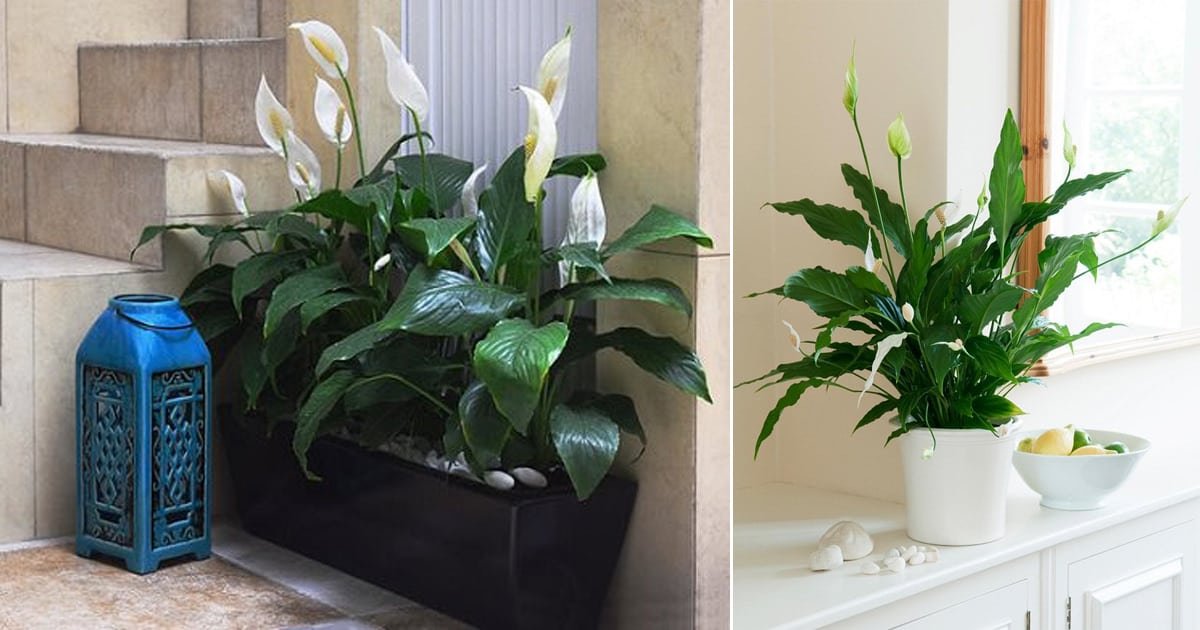
- Proper maintenance: Place the plant in a location with bright indirect light. Avoid direct sunlight as it can damage the leaves. Be sure to change the water every one to two weeks to prevent bacteria buildup and keep it fresh.

- Plant Nutrition: Although the peace lily can survive in plain water, it may benefit from an occasional dose of diluted liquid fertilizer. Apply a balanced fertilizer every two months to provide additional nutrients to the plant.

The peace lily grown in water can become an attractive decorative element and at the same time purify the air in the room. This plant is known for its ability to filter and remove common toxins from the air, such as formaldehyde, benzene, and trichloroethylene.
However, it is important to note that growing in water may not be suitable for all plants and may require a little more attention compared to growing in soil. Some varieties of peace lily may be better suited to aquatic cultivation than others, so it is advisable to do your research and consult with experts before embarking on this method.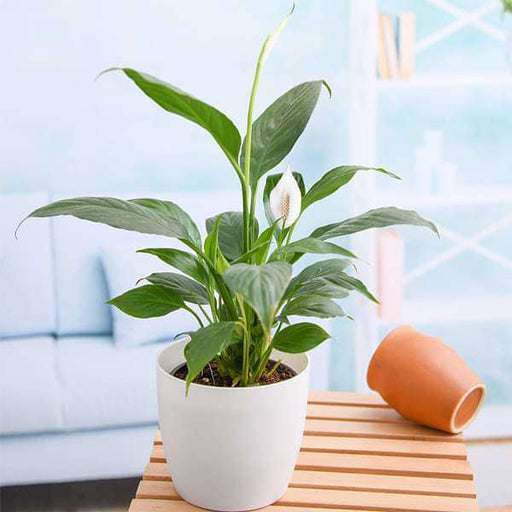
In short, growing the peace lily in water is an interesting option for plant lovers looking for a unique and attractive alternative. In addition to its visual beauty, this plant can improve the air quality in your home or office, creating a healthier and more pleasant environment.
Source: https://www.homifine.com

